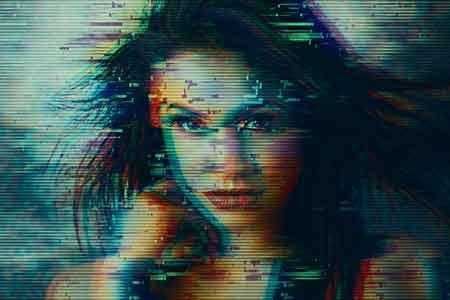

- #Advanced lightroom effects lens distortions free how to#
- #Advanced lightroom effects lens distortions free software#
It's normal for lenses to have lens distortion and the image they distort is what is recorded in the raw file. Is it normal for RAW files to have lens distortion? there is much more perspective "distortion" with an 11-24mm lens at 11mm than there is at 24mm.). If you are using a zoom lens, then the focal length also has a significant effect (e.g. If you are using a prime lens, then the different aberrations should be similar in each picture, but probably not identical, because the focus distance can affect some of them.
#Advanced lightroom effects lens distortions free software#
But that software is what you would use for all other post-processing, as well - lens correction is just one of the many things you can do.Įdit: regarding the last question.

) that either has profile information for your specific camera/sensor and lens, or that has free-form corrections that you can apply until it looks "right" to you. To deal with it you typically use software (Lightroom, DarkTable, RawTherapee. The embedded previews and the JPG produced when you are recording raw+JPG will have had certain types of processing done, based on your camera settings, but the raw sensor data is just raw sensor data. The raw file contains just the raw data from the sensor, with no processing of any sort done (plus metadata, previews, etc). However, I find the default setting great to apply on all the photos (per lens) as a starting point and then tweak it from there. Of course, you have the (artistic) freedom to apply another amount of lens correction than LR suggest, depending on the scene or the look you're going for. The correction is therefore not exactly the same for every RAW image, but is exactly the same for the same lens, aperture and focal length. Lightroom uses the correction profile to derive from the lens settings (aperture, focal length) what kind of correction it needs to apply. No, they required correction also depends on the used focal length, the aperture, focus distance and your personal taste. Is the required correction the same for all RAW images of a camera + lens combo? There are additional steps to the process for more advanced tweaking, you can view them on the linked Lightroom help page. To change the profile, select a different Make, Model, or Profile.In the Lens Corrections panel of the Develop module, click Profile and select Enable Profile Corrections.You don't need to eyeball it if you used a lens that is supported by Lightroom's lens correction module.Īssuming the lens is supported, you can select all photos taken with that lens and apply the appropriate lens correction profile: Use the Lightroom Lens Corrections panel.
#Advanced lightroom effects lens distortions free how to#
How to best deal with the lack of correction in RAW images? Here is an excellent question about unprocessed RAW photos. Note that you never see the RAW image, it's always an interpretation of the RAW image by the conversion software (Lightroom in your case). This often results in an image that matches, or closely approximates, the camera JPEG. Nikon ViewNX or Canon Digital Photo Professional) read from the RAW photo file what corrections were set in the camera and apply these corrections (non-destructively) on the RAW file. Sometimes RAW conversion programs of camera manufacturers (e.g.

I am hoping the distortion is the same for a camera+lens combo as then it would be so much easier to correct for it. Will the amount of distortion be exactly the same for every RAW image I will take with that camera + lens combo? Or does it depend on focal length, exposure parameters and other factors that might differ per image? What is the best way to deal with it? Do I just have to eyeball it to figure out how much lens correction I have to use in lightroom? Is this normal for RAW images? Does this happen just because RAW does not correct the image in any way while the JPEG does? But looking at it next to the JPEG, it is clear something is off. The distortion is low enough that if I just looked at the RAW image, I would not notice it. Because, I could see the 2 images side by side. I noticed it for the first time when I took an image with the camera set for RAW+JPG mode.


 0 kommentar(er)
0 kommentar(er)
